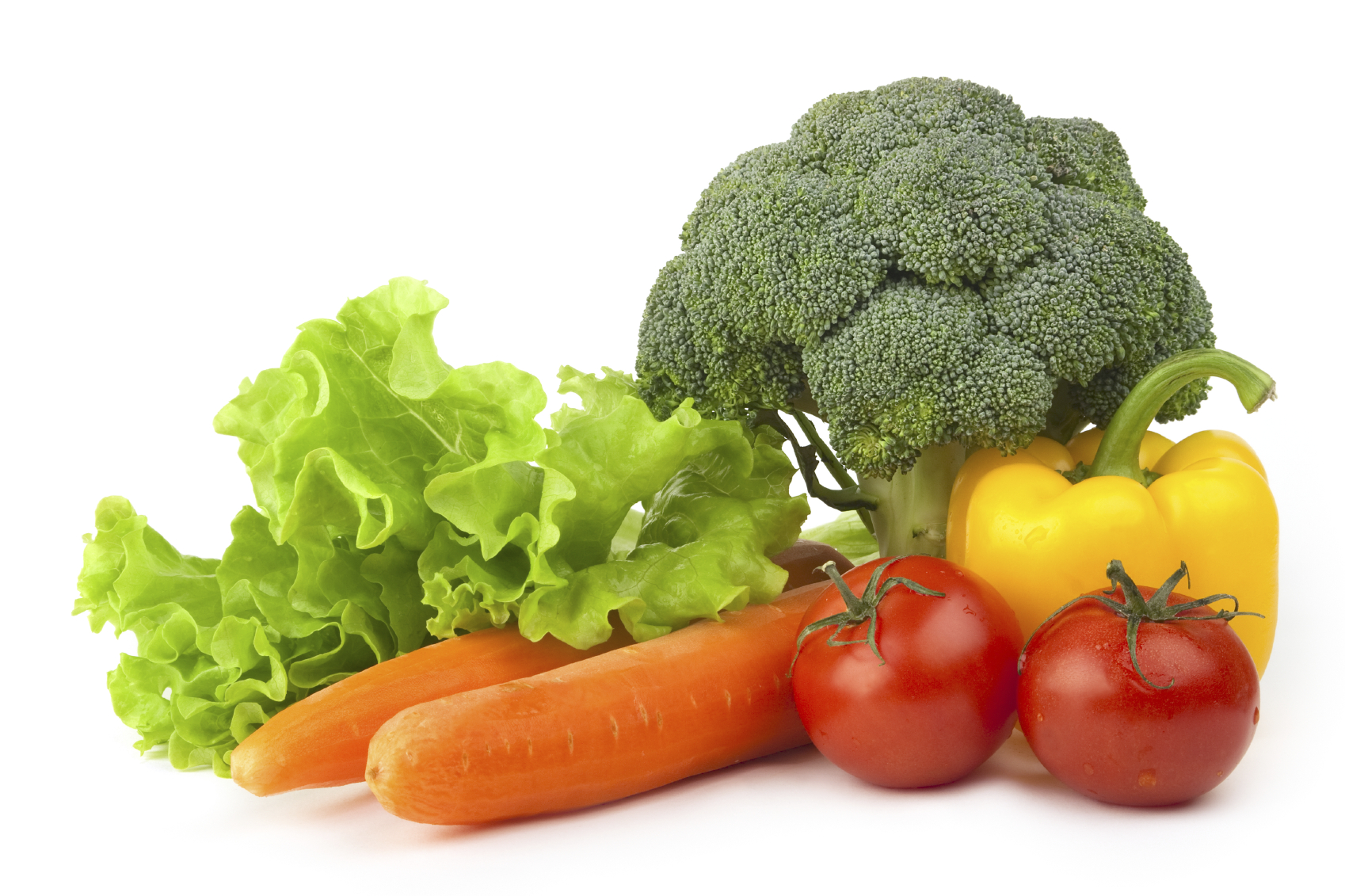Cadmium is a naturally occurring element. Although cadmium is present at low concentrations in all soils, its accumulation in soil and hence through the food chain may lead to a health risk in humans.
hence through the food chain may lead to a health risk in humans.
Cadmium can cause health problems in humans after long-term exposure. It accumulates in the body, principally in the kidneys, leading to gradual renal dysfunction if exposure is high over a long period. While cadmium can induce effects on organs other than the kidneys, the effects generally occur at doses higher than those associated with renal effects. Population-based studies in Japan and Belgium have shown a clear relationship between indicators of renal dysfunction and environmental and occupational exposure to cadmium.
The average intake of cadmium in the Australian diet is also well within safe limits set by health authorities. While it is anticipated that the Australian population is unlikely to experience cadmium-related health problems, the potential for any increased health risk should be addressed. Cadmium is recognised internationally as a potential health risk and the World Health Organization has established guidelines for a ‘tolerable’ level of intake.
In Australia, natural levels of cadmium in the soil are low by world standards. In the past, phosphate fertilizer was a major source of cadmium additions to agricultural soil in Australia. The Australian fertilizer industry has made significant reductions in the cadmium contents in fertilizers over the last 20 years. It now uses rock phosphate with lower cadmium concentrations for local manufacture and where fertilizers are imported, low cadmium products are now sourced.
The practice of adding sewage biosolids and green wastes to soils in Australia through recycling has also contributed to cadmium levels in soils. Together with the effects of long-term fertilizer use, this has the potential to increase the level of cadmium in Australian food above the maximum concentrations acceptable to health authorities, with consequent implications for human health and international trade.
Australia, through Food Standards Australia New Zealand, has prescribed maximum levels (MLs) for cadmium in food commodities. MLs have been set to be consistent with public health and safety and to be reasonably achievable from a sound production and natural resource management perspective. Consideration has also been given to Australia's and New Zealand's international trade obligations under the World Trade Organization's Sanitary and Phytosanitary Agreement and Technical Barrier to Trade Agreement. A full list of Australian MLs for cadmium can be found at https://www.foodstandards.gov.au/code/Documents/Sched%2019%20Contaminant%20MLs%20v157.pdf.
Many soil and management factors influence the extent to which agricultural crops take up cadmium. These include crop type and variety, soil acidity and salinity, irrigation water quality, fertilizer history and management. For crops such as potatoes and grain legumes, guidelines are available to farmers to assist in minimising cadmium uptake. Avoiding soils and waters with high salinity is one example.